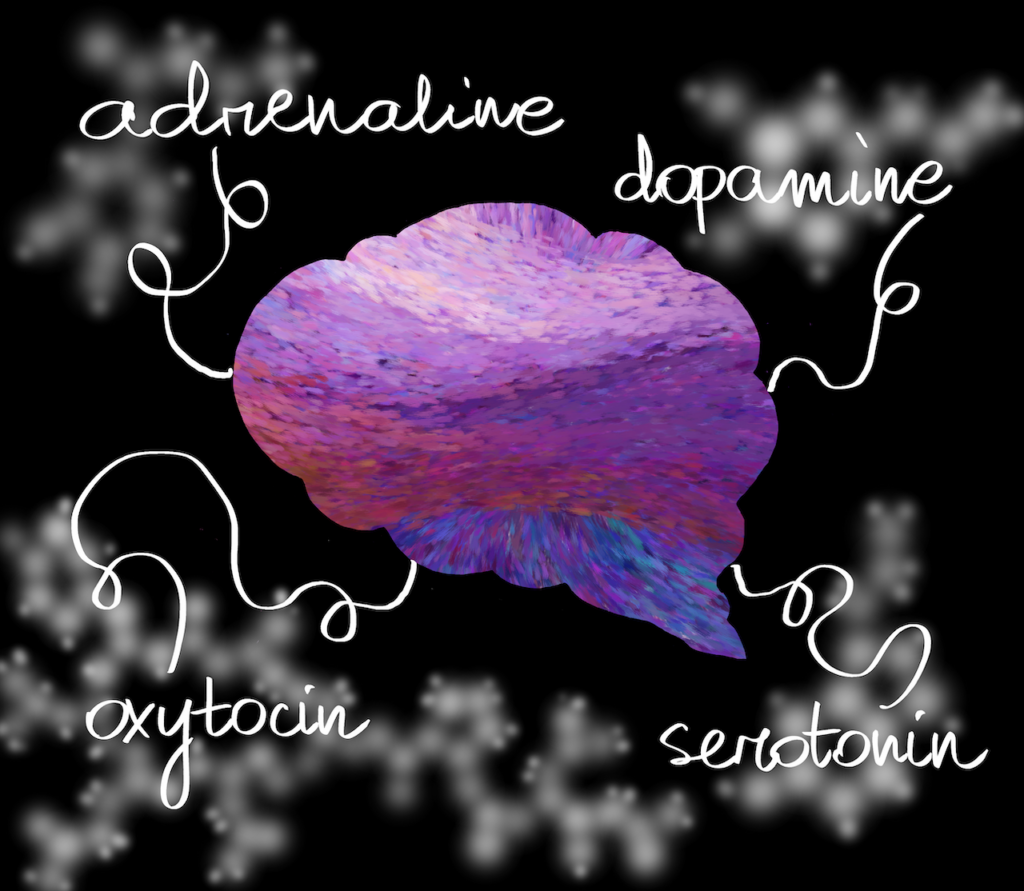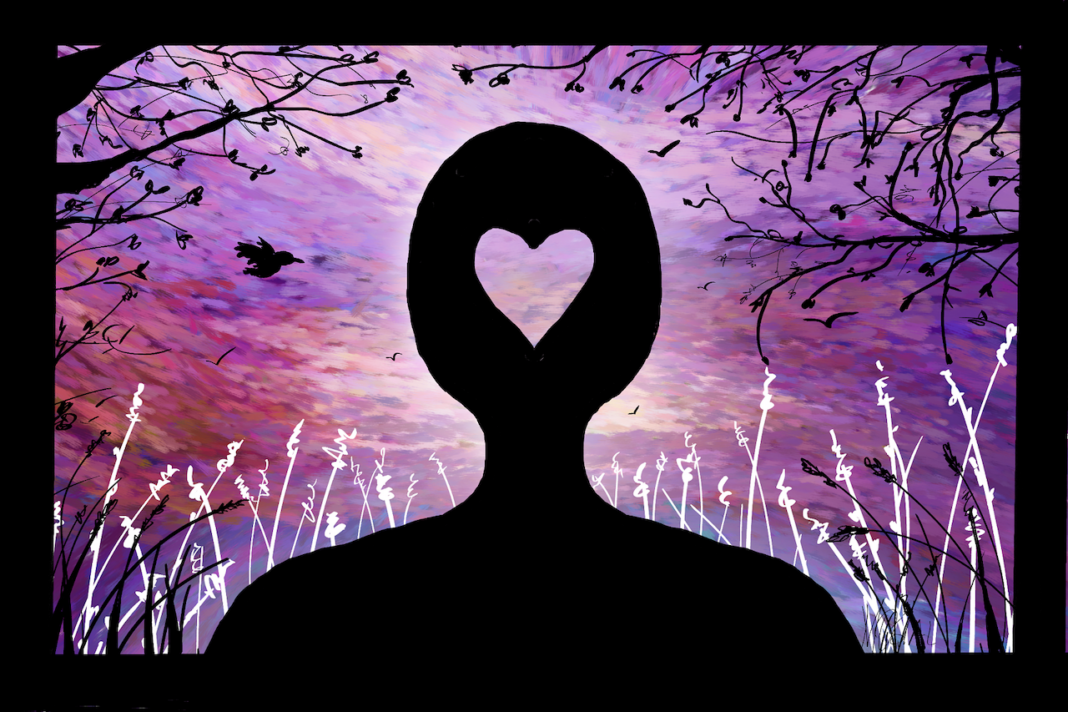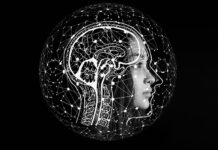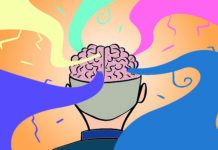Cupid’s Arrow strikes suddenly and unexpectedly. Starry eyes, butterflies fluttering in the stomach, sleeplessness, and overwhelming joy. We fall in love. And the real chemical boom in our body and brain has just started off. Is love just a chemical reaction, or is there more to it?
Love is composed of a single soul inhabiting two bodies.
Aristotle
Ma l’amore no …
What is love? Faster heart rate, glazed eyes, sweating palms, lack of appetite, “feeling the butterflies,” and insomnia. The main symptoms are reasonably easy to diagnose, but love might have a deeper meaning.
Philosophically speaking, love can be defined as an expansion of the heart toward another human being. The first work to consider love as a subject was probably written by Plato, who treated love as an inspiration and a path to a better feeling of the Universe’s beauty.
On the other hand, Schopenhauer perceived love as a trap, a trick to perpetuate the species. Falling in love carries endless torment, disturbs our stable lives, and may even drive us mad. Schopenhauer’s advice? Do not fall in love, no matter how tempted you may be.
Is love a chemical process?
Love is a complex process that can be divided into three main phases: lust, romantic passion (attraction), and finally, attachment and commitment. In each of these phases, a bunch of chemical reactions takes place in our bodies. Love is nothing more than a state of mind caused by chemistry.
The first stage of falling in love serves to fulfill the need for sexual mating and procreation, caused by the hormones that drive sexual desire. The hypothalamus stimulates the production of hormones like estrogen and testosterone. Without hormones, we could never reach the “true love” phase, and not every relationship evolves beyond the first level.
The second and most intense phase of love is attraction. It is also the most “dangerous” stage, where we stop reasoning and tend to idealize our object of affection. This condition is caused by the cocktail of chemical compounds called neurotransmitters like serotonin, dopamine, and adrenaline.

Usually, attraction is associated with desire, a phenomenon intrinsically linked with the brain pathways that control “reward” behaviors. The hypothalamus produces dopamine that, when released, stimulates a good mood: a “reward” to our brains. This process typically occurs when we do something that gives us pleasure – we solve a problem, win something, or eat something tasty. Increased dopamine level is thus responsible for being giddy, energetic, and euphoric.
As a consequence, dopamine accounts for sleeplessness and lack of appetite. When we look at an enamored person’s brain scan while showing them photos of their loved ones, we can see that the brain fires primary “reward” centers like crazy. The romantic love phase also reduces serotonin, which is responsible for appetite and mood stability. Interestingly, the serotine levels of a person in love are similar to those of patients who suffer from obsessive-compulsive disorders. Maybe this is connected with overpowering infatuation, which accompanies the introductory stage of love.
During the last stage, passion dissipates, and mundane life sets in. Eventually, some people consider embracing a long-time relationship. Thanks to three substances— oxytocin, vasopressin, and endorphins — the bond develops.
Oxytocin is released in large quantities during sex, breastfeeding, and childbirth. The “happiness hormone” is responsible for bonding and helps our body adapt to different emotional and social situations. Dopamine and serotonin also boost the bonding process.
But it is not all sunshine and roses. If it’s true that a bond with one or more partners may help reduce anxiety levels, falling in love may actually increase the levels of cortisol, the stress hormone.
Signals of falling in love
When we meet somebody for whom we feel a strong attraction, a brain’s chemical reaction, called mydriasis, causes our pupils to dilate. When aroused, our pupils expand. At this point, we are ready for anything.
Falling in love conveys visible and non-visible signs. One of them is the increase of cortisol levels, directly responsible for the “butterflies in the stomach.” Our bodies also release pheromones and smell chemicals that convey subconscious messages that attract the person. Do you randomly start singing when you feel in love? Blame the pheromones.
Love or illness?
When we fall in love, our bodies go wild. We may be willing to do things that we would not usually do otherwise. The neurotransmitter cocktail in your brain opens up your mind to new things.
The process of falling in love can be compared to drug addiction somehow; after all, love can be addictive. But while it can be temporarily satisfying, falling in love can also become distracting. When we are separated from loved ones, our bodies release corticoliberin, eliciting a stress response, just like in addictive substances. We become anxious and depressed. Furthermore, when we contact our significant other, our brain activates the same “rewarding” regions as those when we eat sweets or take drugs like cocaine.
This article is a joint work Agnieszka Pregowska (Institute of Fundamental Technology Research), Magdalena Warczak (Institute of Physical Chemistry, Polish Academy of Sciences), and Magdalena Osial (Faculty of Chemistry, University of Warsaw) as a part of the Science Embassy project.
References
[1] Levy D. (1979) The Definition of Love in Plato’s Symposium, Journal of the History of Ideas 40(2), 285-291, DOI: 10.2307/270915.
[2] Grau Ch., Smuts A. (2017) The Oxford Handbook of Philosophy of Love, DOI: 10.1093/oxfordhb/9780199395729.001.0001
[3] Giuliano F., Allard J. (2001) Dopamine and male sexual function. European Urology 40(6), 601-8, DOI: 10.1159/000049844.
[4] Fisher H., Aron A., Brown L. L. (2005) Romantic love: an fMRI study of a neural mechanism for mate choice. Journal of Comparative Neurology 493(1), 58-62, DOI: 10.1002/cne.20772.
[5] Andari E., Duhamel J. R., Zalla T., Herbrecht E., Leboyer E., Sirigu A. (2010) Promoting social behavior with oxytocin in high-functioning autism spectrum disorders. Proceedings of the National Academy of Sciences of the United States of America 107(9), 4389-4394, DOI: 10.1073/pnas.0910249107.
[6] Marazziti D., Canale D. (2004) Hormonal changes when falling in love. Psychoneuroendocrinology 29(7), 931-6, DOI: 10.1016/j.psyneuen.2003.08.006.
[7] Esch T., Stefano G.B. (2005) The Neurobiology of Love. Neuro Endocrinology Letters 26(3), 175-92.
[8] Younger J., Aron A., Parke S., Chatterjee N., Mackey S. (2010) Viewing pictures of a romantic partner reduces experimental pain: involvement of neural reward systems. PLoS One 5(10), e13309, DOI: 10.1371/journal.pone.0013309.
[9] Aron A., Fisher H., Mashek D. J., Strong G., Li H., Brown L. L. (2005) Reward, motivation, and emotion systems associated with early-stage intense romantic love. Journal of Neurophysiology 94(1), 327-37, DOI: 10.1152/jn.00838.2004.
[10] Earp B. D, Wudarczyk O. A., Foddy B., Savulescu J. (2017) Addicted to love: What is love addiction and when should it be treated? Philosophy, Psychiatry, & Psychology 24(1), 77-92. DOI:10.1353/ppp.2017.0011.





